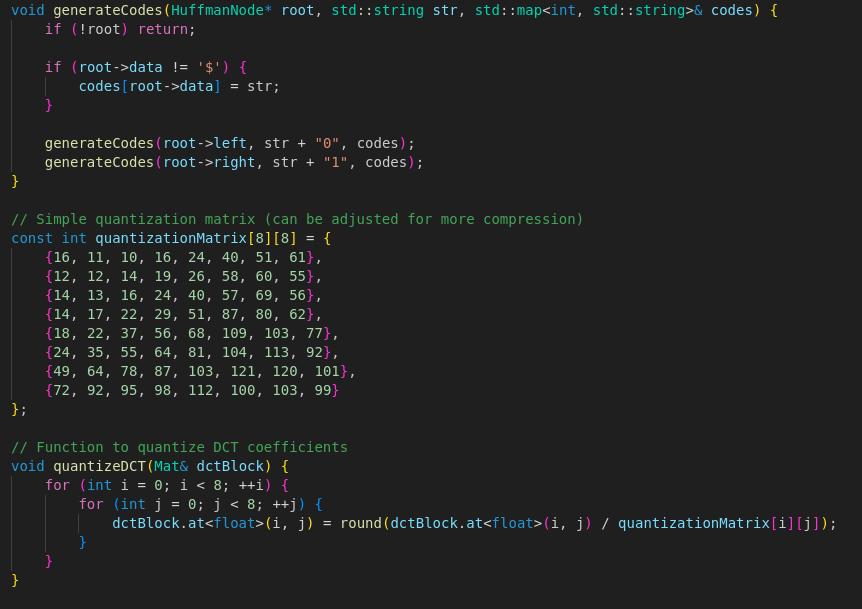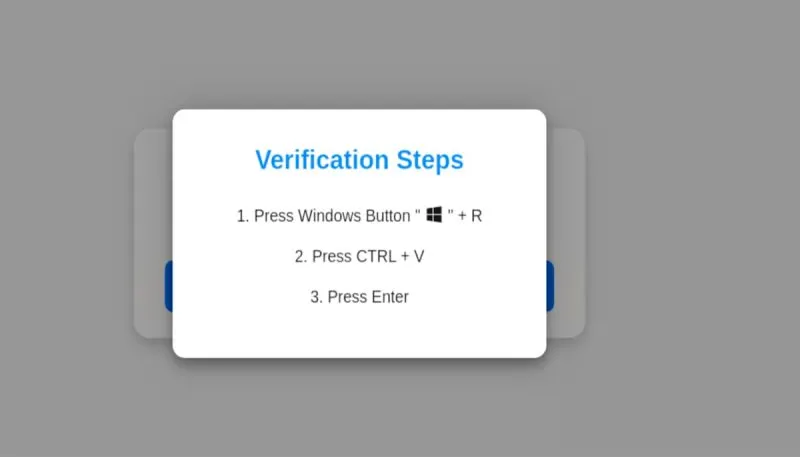Microsoft’S ‘Scareware Blocker’ Uses Ai To Detect And Stop Online Scams

Microsoft is rolling out a new security tool for Edge, designed to detect and block deceptive online scams in real time. Called "scareware blocker," the feature uses machine learning and computer vision to prevent pop-ups that falsely claim a user’s device is infected—one of the oldest tricks in the book.
Scareware campaigns often rely on panic. Users see a fake virus alert urging them to take immediate action, whether by downloading malicious software or paying for bogus security services. Microsoft’s tool steps in when these scams attempt to open a full-screen page, which can make it harder for users to escape. The blocker automatically exits full-screen mode, silences any alarm sounds, and warns the user about a potential scam.
This feature builds on Microsoft Defender SmartScreen, which already flags known scam websites. However, unlike traditional methods that rely on databases of reported scams, the new blocker detects threats dynamically by analyzing visual patterns in real time. Microsoft trained its AI model on thousands of real-world scareware examples, enabling it to recognize scams even if they haven’t been reported yet.
One major concern with any AI-powered security tool is privacy. Since scareware blocker relies on analyzing what’s displayed on the screen, some users might worry about data collection. Microsoft, however, says the processing happens entirely on the user’s device—no images or data are sent to the cloud. Users can also provide feedback, helping Microsoft refine the tool by reporting false positives or sharing scam screenshots.
Scareware blocker is currently in preview, available to users who enable it in Edge’s privacy settings. It marks another step in Microsoft’s broader push to strengthen online security, but its effectiveness will depend on real-world testing. Could this finally put an end to one of the web’s most persistent scams?




















Comments